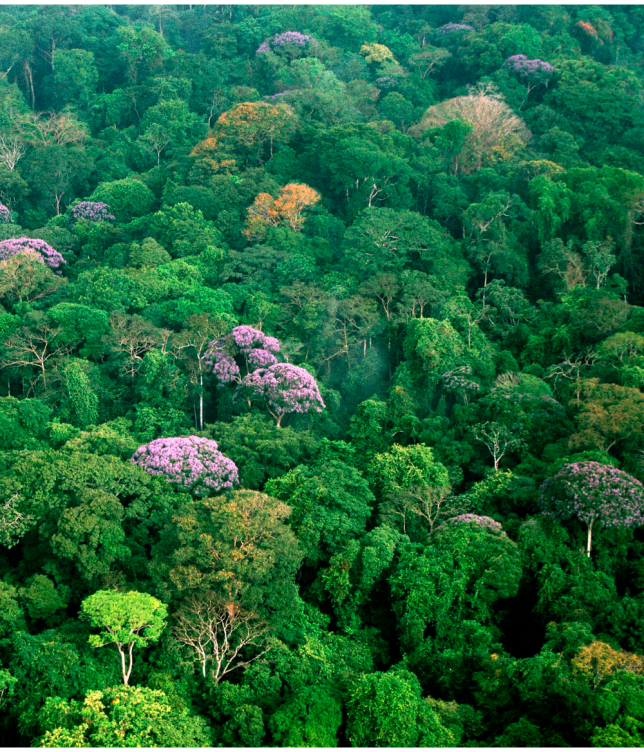
In a world increasingly focused on environmental conservation, it’s enlightening to explore how major religions respect and honor nature. These ancient faiths provide a rich tapestry of beliefs and practices that highlight the sacred bond between humans and the natural world.
Let’s take a look at how major religions prize harmony with nature:
Buddhism: Mindful Stewardship of Nature
Buddhism teaches the interconnectedness of all living things, promoting a deep respect for nature. The concept of ‘Ahimsa,’ or non-violence, extends to all living beings, fostering a mindful approach to environmental stewardship. The ancient Hindu texts discourage wanton destruction of nature including of wild and cultivated plants.
The forest is a peculiar organism of unlimited kindness and benevolence that makes no demands for its sustenance and extends generously the products of its life activity; it affords protection to all beings, offering shade even to the axe-man who destroys it.
―Gautama Buddha
Hinduism: Divine in Nature
Hinduism views nature as a manifestation of the divine. The reverence for rivers, mountains, flora, and fauna in Hindu texts underscores the faith’s ecological ethos. The Earth is often personified as the goddess ‘Bhumi,‘ reinforcing the sanctity of the natural world.
Mother Earth, may whatever I dig from you grow back again quickly, and may we not injure you by our labour.
—Atharva Veda
Christianity: Stewardship of God’s Creation
Christianity advocates for stewardship of the Earth, viewed as God’s creation. Biblical scriptures, such as Genesis, emphasize humanity’s role in caring for and preserving the environment. In Genesis, God instructs humanity to manage the creation in particular ways.
And God blessed them, and God said unto them, Be fruitful, and multiply, and replenish the earth, and subdue it: and have dominion over the fish of the sea, and over the fowl of the air, and over every living thing that moveth upon the earth.
—Genesis 1:26–28
Islam: Nature as a Sign of God
In Islam, nature is seen as a tapestry of signs pointing to the divine. The Quran frequently references the environment, urging believers to protect and respect it as a gift from Allah.
“And Allah has sent down rain from the sky and given life thereby to the earth after its lifelessness. Indeed in that is a sign for a people who listen.”
—Quran, 16:65
Judaism: Balancing Use and Preservation
Judaism teaches a balance between utilizing and preserving nature. The concept of ‘Bal Tashchit‘—do not destroy—highlights a commitment to avoiding wastefulness and promoting sustainability.
If not for the trees, human life could not exist.
—BT Taanit 23a
Each of these faiths brings a unique perspective to environmental ethics, yet they all share a profound respect for the natural world. This universal reverence underscores the importance of collaboration across religious lines for the conservation and protection of our planet.


